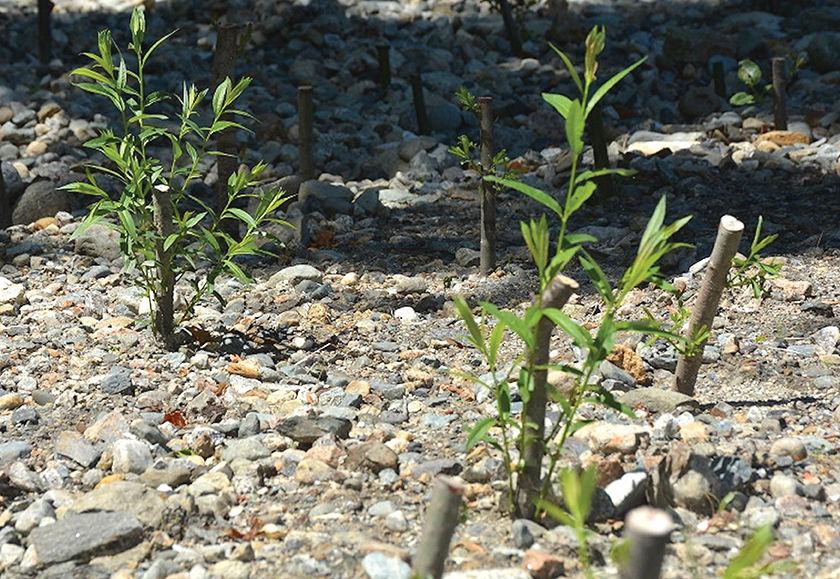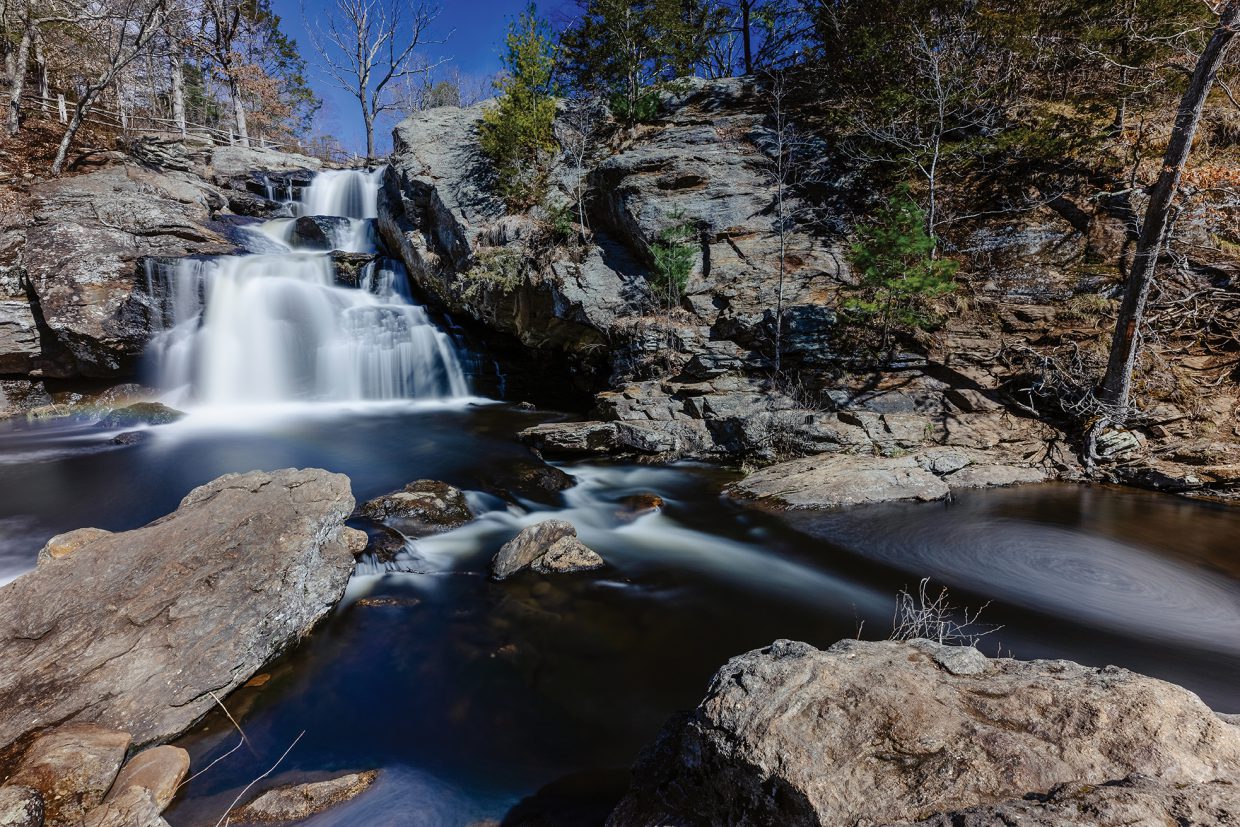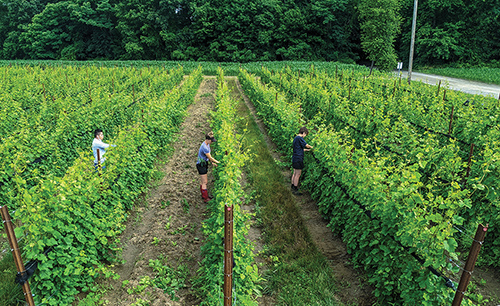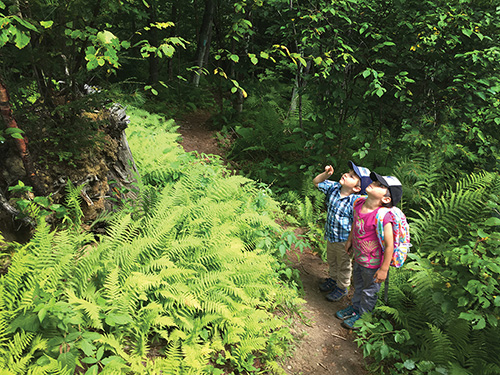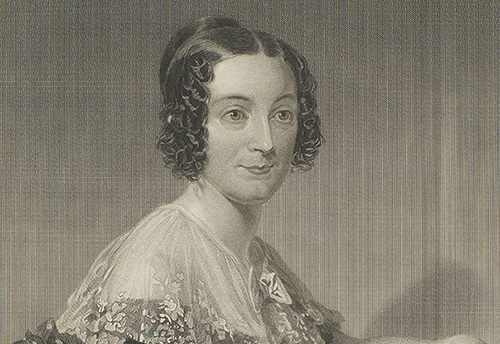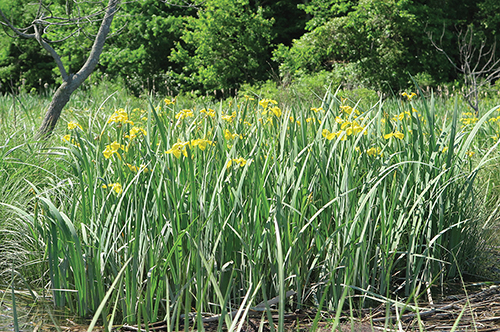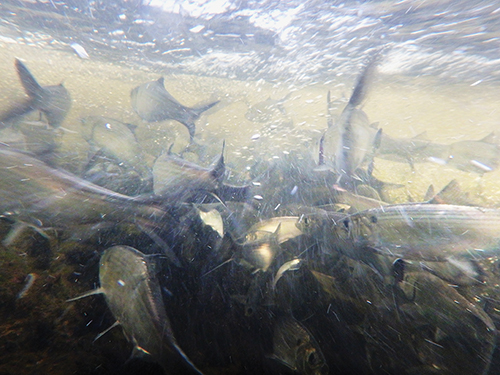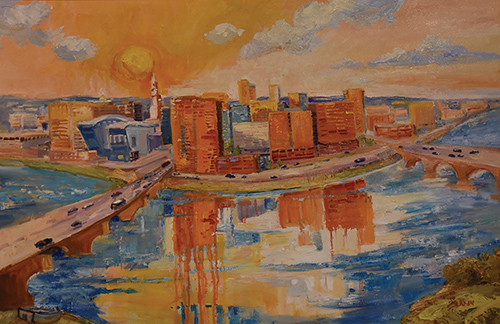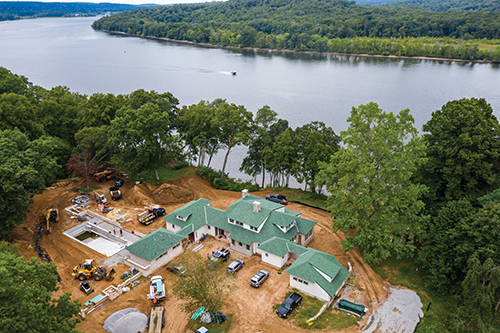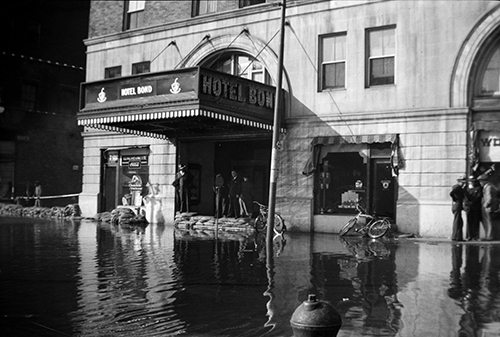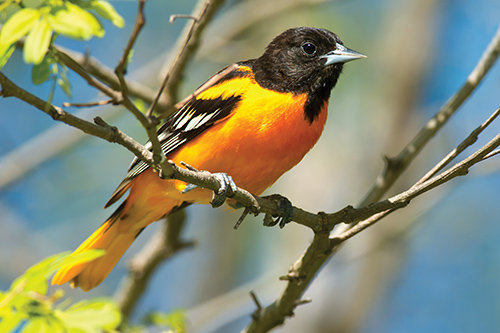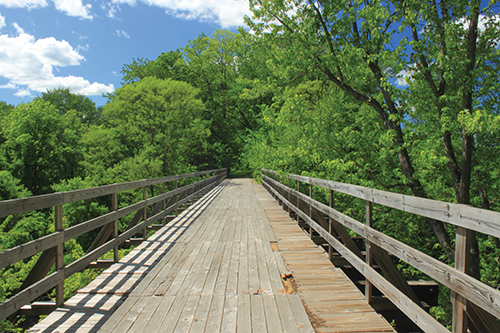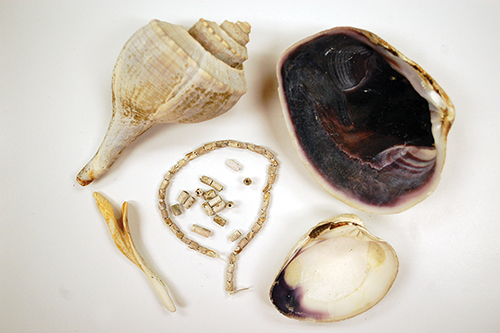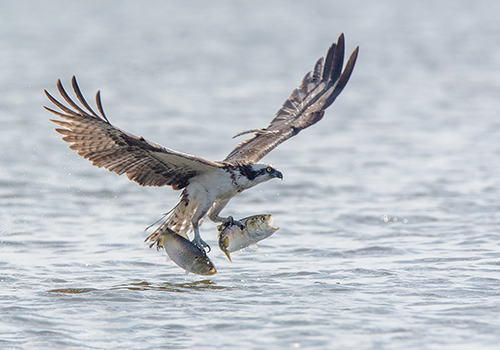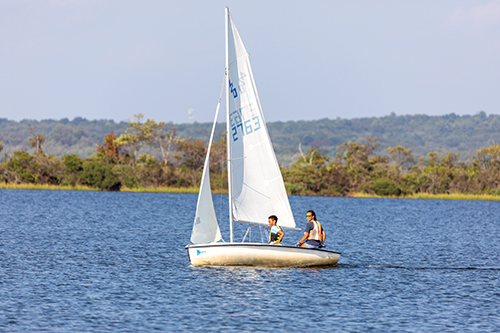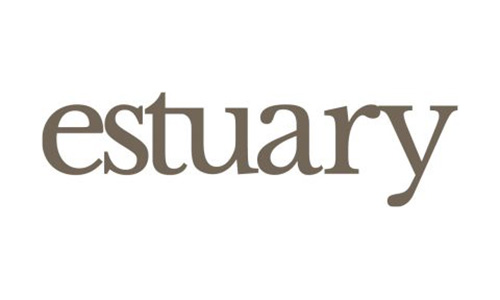Fish restoration in the river depends, to a significant extent, upon its forests and the management thereof.
Searching for Spruce Grouse
What a striking bird against the boreal forest greenery. His black breast feathers dipped in pearl white. His back vermiculated with petite black and white stripes that accented the contrast with his mottled brown wings lying flat against his body.
Wild & Scenic Eightmile River
Bingham, 80, has spied many splendored things along the Eightmile River through the decades: such as otter and mink, cerulean warblers and bald eagles, bobcat and black bear scat.
The Taste of Home
As you settle in to watch the sun setting over the leafy ridges, you sip a glass and wonder where you are. Is this wine country?
Fort River
The Fort River Birding and Nature Trail is a well-engineered, universally accessible trail that opened in 2014. It allows visitors of all abilities and ages to experience the diverse habitats and wildlife.
Questing
You walk into a dark grove of trees, chanting the rhymes of a poem. You note the bundles of five needles and long cones that mark these as white pines. And then it is on to the next clue, and the next.
Lydia Sigourney
Three miles from the Connecticut River, we stood in a circle under a tree in the garden of Emily Dickinson’s home, reading poems, passing a book around, no more than two or three feet from each other. The 1813 Amherst home built for her grandparents stood proudly in the sunshine, and the voices of another tour group filtered out.
A Beauty and A Beast
By now, knowledge that invasive plants are bad news is pretty widespread. Numerous articles and agencies cite “billions of dollars” in damages annually to agriculture and fisheries; they are the “leading cause” of population decline and extinction in animals.
A Once and Future Sanctuary
In summertime, looking across the Sound, my thoughts turn to Plum Island, New York. I believe this island could be designated a public park and nature sanctuary into perpetuity if accompanied by various restoration imperatives.
Underwater Frenzy
It seemed like just another spring day when we stopped at the Salmon River, a tidewater tributary of the Connecticut River that splits the towns of Haddam and East Haddam, Connecticut.
Hands on the Land
Hands on the Land: Art & the Environment in the Connecticut River Valley” is a collaborative exhibit between the Connecticut River Museum and the Lyme Art Association.
Building Along the Lower Connecticut
Welcome to the lower Connecticut River valley! This last section of the river, just before and as it reaches the Atlantic Ocean, is a scenic and grandiflora tour de force that rivals any along the eastern seaboard of the United States. Birders, naturalists, and the first American Impressionist painters—anyone in love with nature and her bounty—have for centuries known about and continue to find wonder in and draw inspiration from this greenest of green deviants from the generally-overpopulated coastline.
The Forgotten Flood of 1936
On March 11, 1936, rain began to fall on the hills of Vermont and New Hampshire. The next day it didn’t stop, nor the next, depositing at least five inches of water over New England. The snowfall had been heavy that winter, and as snowbanks washed off the hills, people stared nervously at the rapidly rising levels of their local streams and rivers.
Spring Stunners
Few birds can match the eye-popping beauty of the male Baltimore oriole or the flying prowess of the ruby-throated hummingbird.
Rail Trails
Diverse rail trails help preserve the central Connecticut River watershed’s rich railroad heritage. After many of the region’s railways, including the extensive Boston and Maine Railroad network, discontinued during the twentieth century, conservation and community organizations created trails on the abandoned corridors.
Foraging for a Spring Treat
They’re delicious and free for the picking! Before the oaks and maples leaf out in early spring, tasty fiddleheads are pushing through the bronze leaf litter in moist woodlands throughout New England.
A Small Bead Called Wampum
We all like to visit the beach in warm weather. We like to stick our toes in the sand, wade in the water, maybe collect a few shells. The Native Peoples of the Connecticut shore and estuaries did just that hundreds of years ago. For them, certain shellfish not only fed the body but sustained the spirit as well. Quahog clams and large whelks were of particular importance for the creation of a small bead called wampum.
Field Notes from the Osprey’s Garden
For a week, I “mirrored” the contents of 24 nest poles in the Great Island osprey colony. I use a light convex bicycle mirror on the end of a long, curved bamboo wand. Standing on the salt marsh below a 12-foot-high nest platform, with my arms raised, I could check the progress of each nest.
Sailing into the Wind
Among my favorite memories is when my sailing camp got the whole day to race against each other in different sailboats.
From the Publisher:
Volume II, Issue I. These few words, in fact, speak volumes. Estuary’s Volume I, Issue I, better known as Spring 2020, came out, arguably, at the worst possible time for a new print magazine. The publishing industry had long since administered last rites to print magazines in general, so why did we think we could succeed with Estuary?

